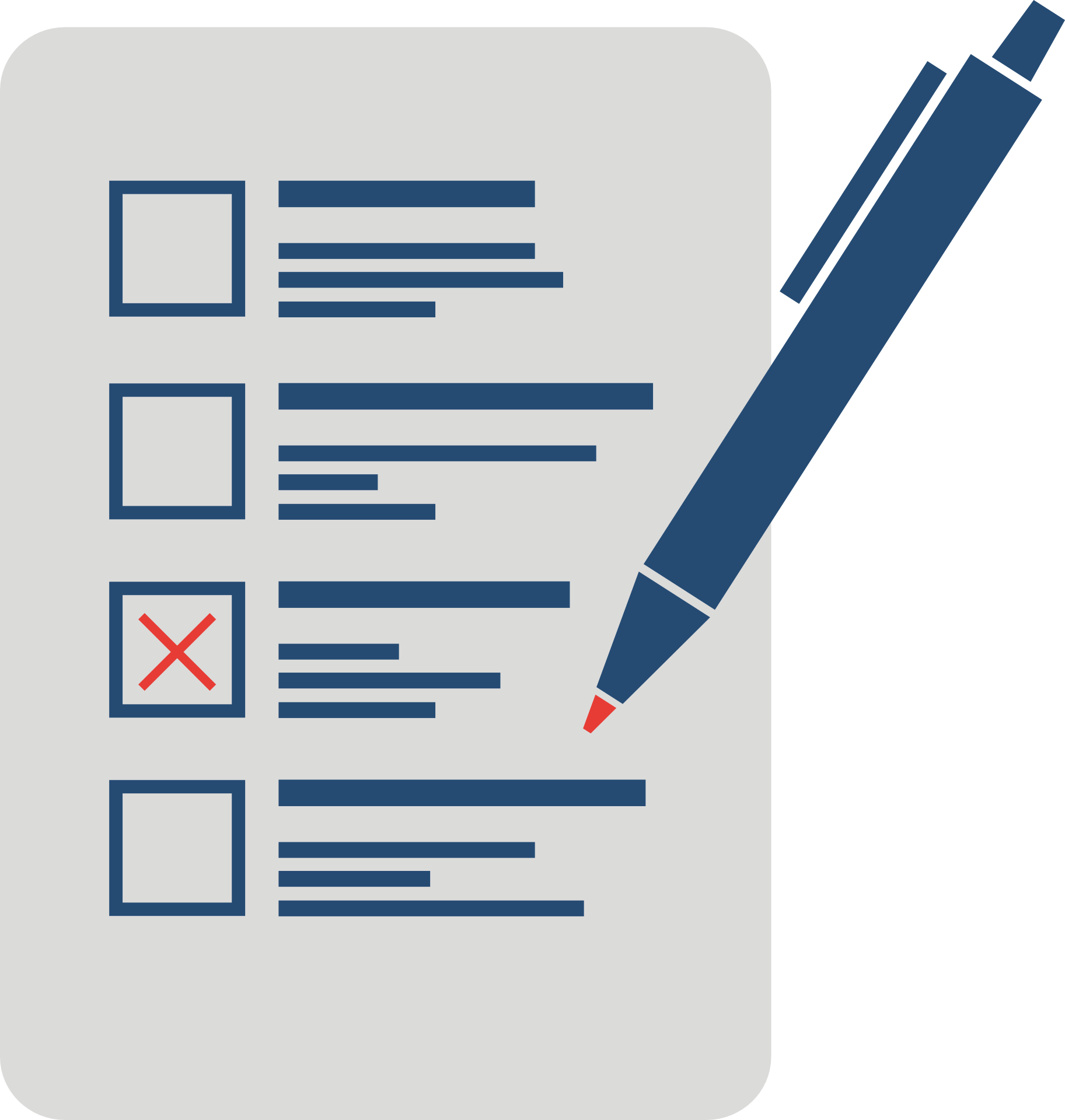By Ed Coghlan.
While the political rhetoric early in this election year concerns many people, the mechanics of democracy should be something that no one has to worry about.
But people do – at least California’s county elections officials and their staff do – working behind the scenes to prepare for and carry out elections in big cities and the wide open spaces of California.
California Forward has finished a series of regional meetings with county election officials as part of its comprehensive study funded by the James Irvine Foundation exploring ways to make sure that counties have adequate and reliable funding to properly carry out one of the truly essential functions of democracy. The regional discussions were an important step in developing pragmatic solutions for state and local officials to consider.
“The meetings with the election officials were very productive,” said CA Fwd President and CEO Jim Mayer. “They are on the front lines of managing and providing election services and have given great insight as we begin to finalize our work.”
Prior to the meetings, CA Fwd surveyed the 58 county election officials in California and unearthed some interesting, if not unsurprising results.
- Nearly all of who responded (96 percent) agree that California should adopt a different funding framework for elections
- 88 percent think there should be more collaboration among counties in providing election services and procuring voting equipment
- Our voting equipment is aging. 76 percent say they will need to replace their equipment within the next four years…nearly half of those needing replacement in the next year or two
- 81 percent want to explore alternative funding methods for elections
“We know that the counties face many challenges including inadequate funding,” said Caitlin Maple, CA Fwd’s project director for the Election Funding Project.
Those challenges include implementation of new laws and regulations, complying with state mandates, purchasing voting systems and the numerous special elections they have to manage.
What would the funding be used for? The election officials indicated that more staff, improved voting systems, better administration and education, and building space are areas that need to be expanded and improved.
And it’s not just money.
They’d like to see the state assist in the procurement of voting systems by streamlining certification and approval process, update legislation to accommodate new technology and work with counties as they develop the new laws and regulation.
County officials are also watching closely the progress that Senate Bill 450 is making on its way through the Legislature. The bill is based upon Colorado’s vote center model, in which voters are mailed ballots a month before Election Day and are given the option to either mail it back or deliver it in person to a ballot drop box or any vote center in their county over a 10-day period. This could mean easier and more accessible voting for Californians.
If it becomes law, there will be some initial increase in the cost of running an election–longer hours of operation at vote centers and more printing of ballots.
Who will pay? It’s a question election officials often find themselves asking.
The CA Fwd Election Funding Project is designed to find effective and sustainable answers to that important question.
CA Fwd will keep you apprised as the project develops a menu of funding options based on the national and state research and input from county election officials that we’ve received.
It may seem a little wonky. But reliable funding of efficient election operations is an important part of democracy in the state, as California addresses the real issue of how we improve voter participation for millions of citizens in the coming years.
[divider] [/divider]





